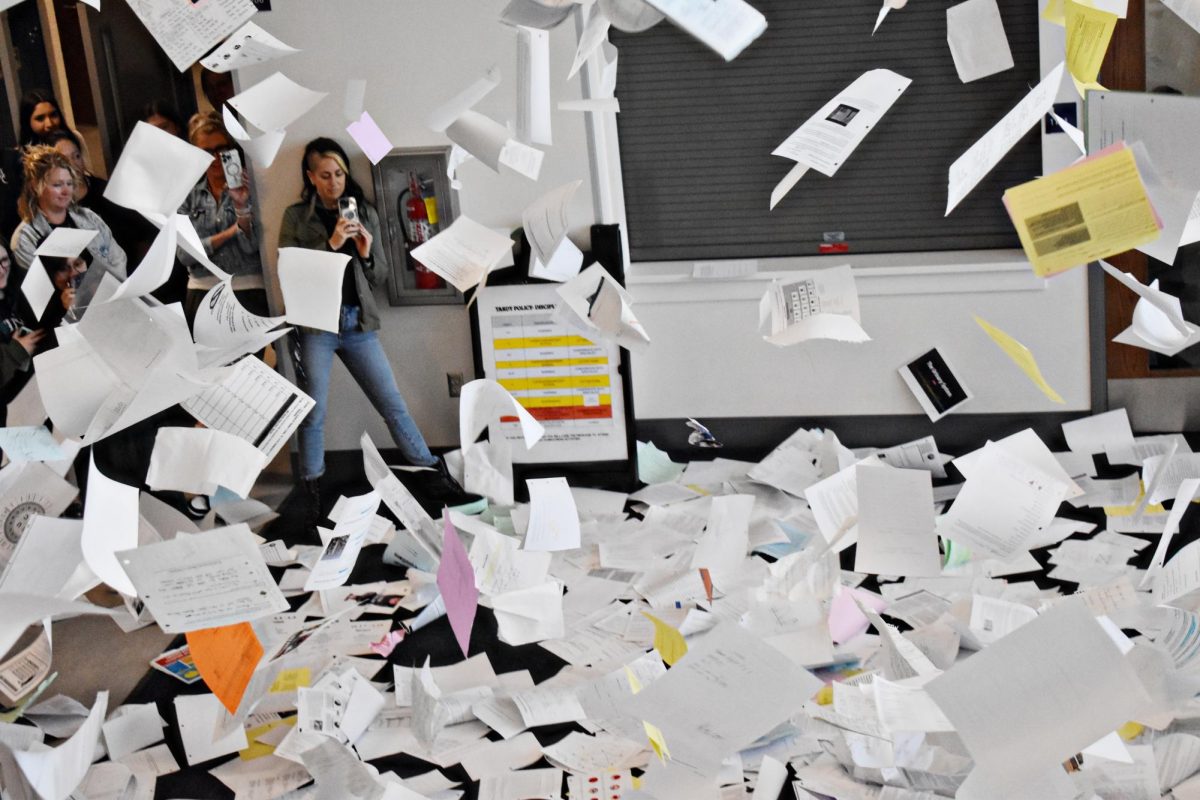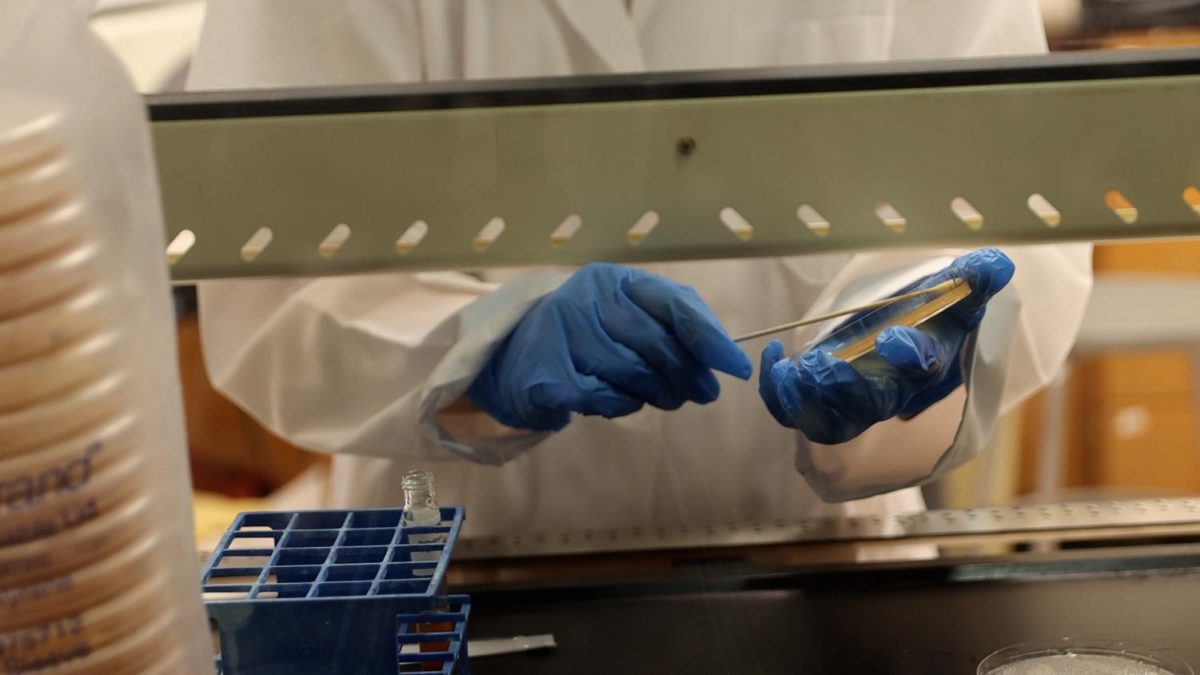Most Segerstrom students have spotted me navigating campus with my white cane. Sometimes, they nearly collide with me and stammer a horrified apology. On occasion, they later approach my friends with questions about my disability. The questions vary; some ask about braille, others about how I navigate independently. These questions do not offend me. I admire that individuals are attempting to grasp a broader understanding of blindness.
I complete my schoolwork in braille, a six-dot code used for reading and writing. Teachers send schoolwork to a transcriber several weeks in advance. The assignments are then transcribed and embossed in time for me to complete them along with my peers. I have access to a device called a Braille Note with which I can submit my work through email.
Most blind students must meet with an orientation and mobility specialist for an allotted time each month. In these sessions, we learn to navigate our surroundings independently. Through these lessons, I’ve learned to cross streets by analyzing traffic patterns, planning and executing bus routes, and using my cane to the best of my abilities.
There are many misconceptions about the blind. For example, blind people do not have super-hearing. Because we rely on our hearing, we’ve trained ourselves to recognize sounds that the average sighted person wouldn’t notice. Additionally, most blind people do not feel faces to identify individuals. Another incorrect assumption about blindness is that every person who is blind has completely lost their vision. Nine in ten blind people, including myself, have remaining sight. Blindness encompasses a spectrum of vision loss.
I may be the only blind student at Segerstrom, but I am far from the only disabled student in the nation. There are thousands of us, and we are everywhere. Although our experiences vary, we share the hope to one day live in a world that is more inclusive and accepting. Awareness is the first step toward that future.
However, most people are afraid to ask questions about blindness due to the negative stigma surrounding disability. Going out of one’s way to avoid broaching a subject doesn’t satisfy one’s curiosity, and it is often isolating to be on the receiving end of this behavior. This is one of the reasons disability remains an unspoken horror to able-bodied individuals. In reality, blindness is not my defining characteristic, but rather a small facet of my life.
I don’t spend hours a day grieving over my lack of sight, and neither do any of my blind friends. We play sports, study for exams, and enjoy movies and television shows. Blindness rarely holds prominence in our day-to-day lives. So the next time you see me around school, don’t be hesitant; ask a question.
This story was originally published on The Jag Journal on October 27, 2023.


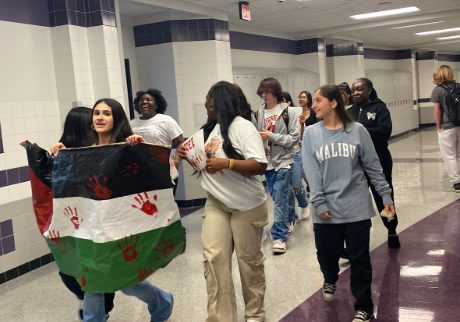


![With the AISD rank and GPA discrepancies, some students had significant changes to their stats. College and career counselor Camille Nix worked with students to appeal their college decisions if they got rejected from schools depending on their previous stats before getting updated. Students worked with Nix to update schools on their new stats in order to fully get their appropriate decisions. “Those who already were accepted [won’t be affected], but it could factor in if a student appeals their initial decision,” Principal Andy Baxa said.](https://bestofsno.com/wp-content/uploads/2024/05/53674616658_18d367e00f_o-1200x676.jpg)
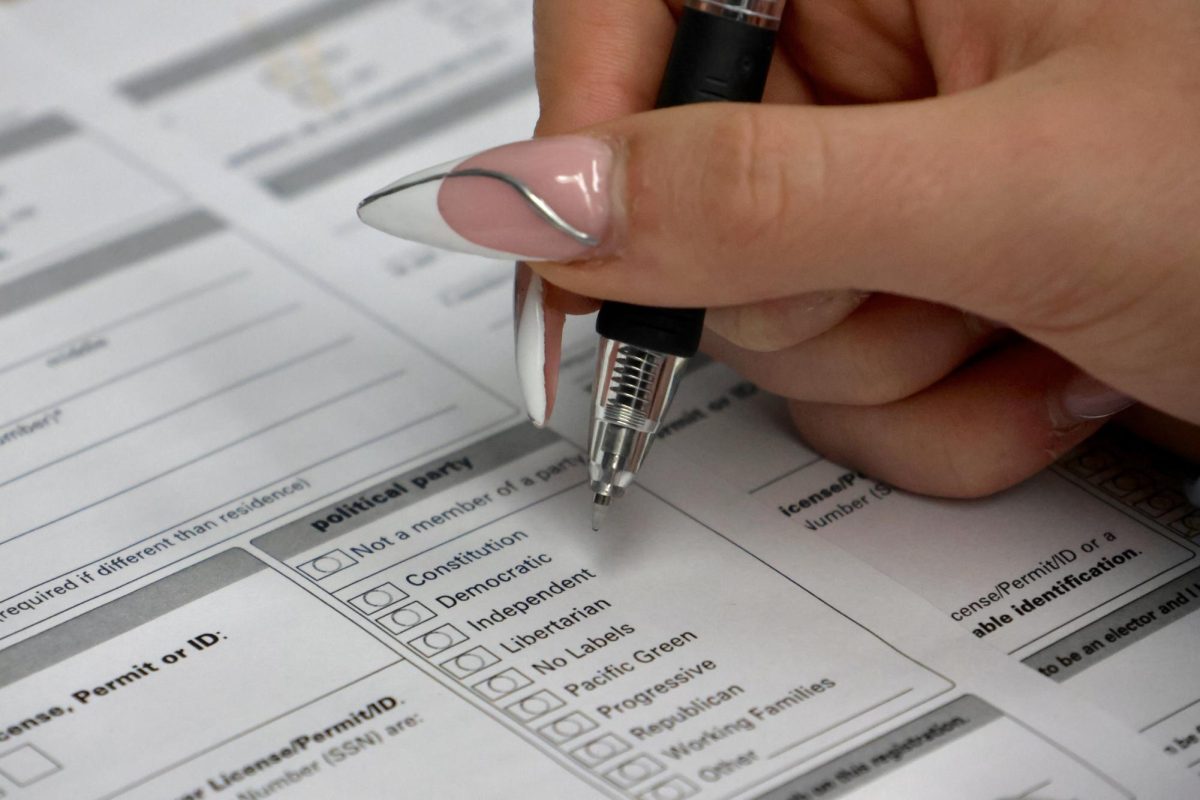


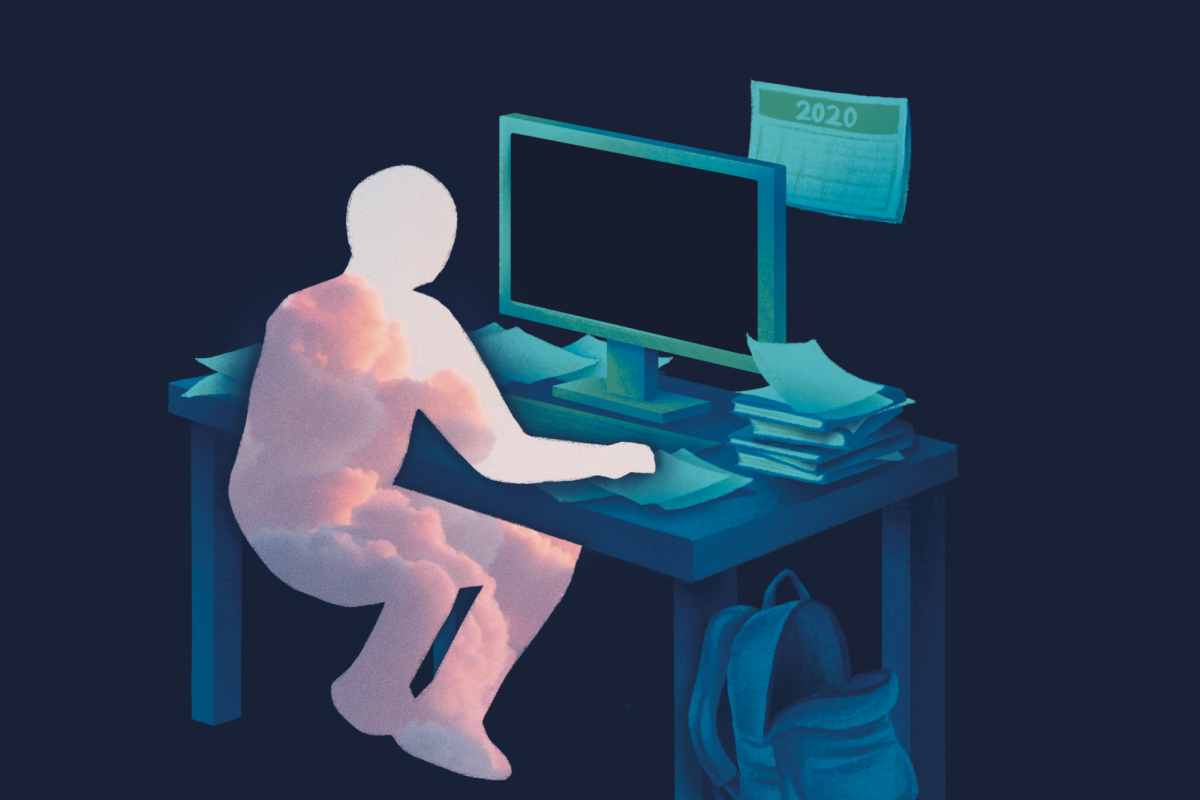

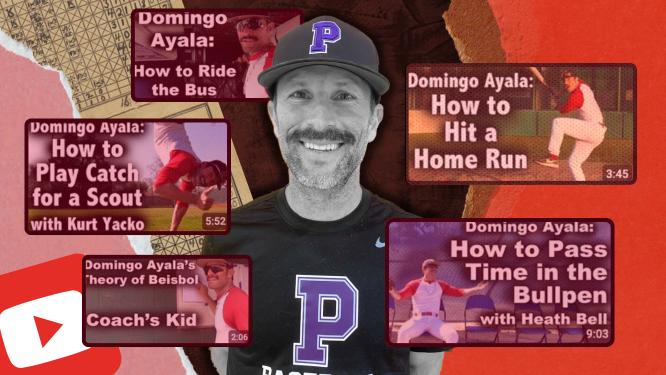
![Junior Mia Milicevic practices her forehand at tennis practice with the WJ girls tennis team. “Sometimes I don’t like [tennis] because you’re alone but most of the time, I do like it for that reason because it really is just you out there. I do experience being part of a team at WJ but in tournaments and when I’m playing outside of school, I like that rush when I win a point because I did it all by myself, Milicevic said. (Courtesy Mia Milicevic)](https://bestofsno.com/wp-content/uploads/2024/06/c54807e1-6ab6-4b0b-9c65-bfa256bc7587.jpg)
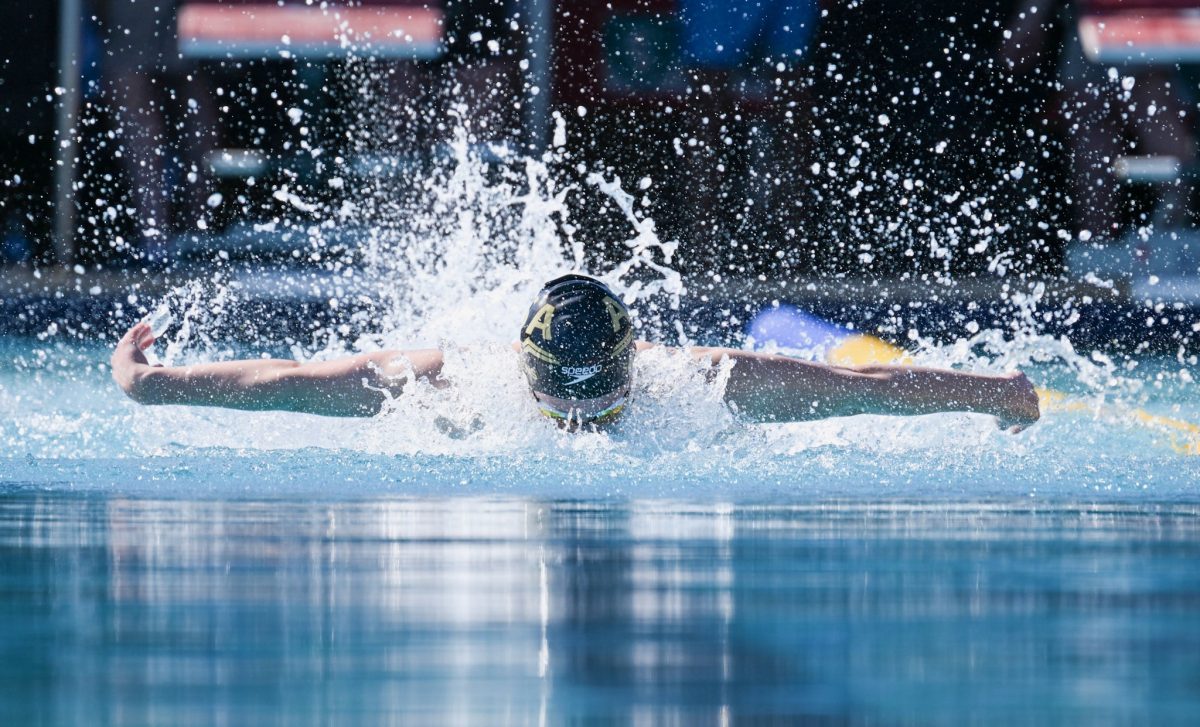
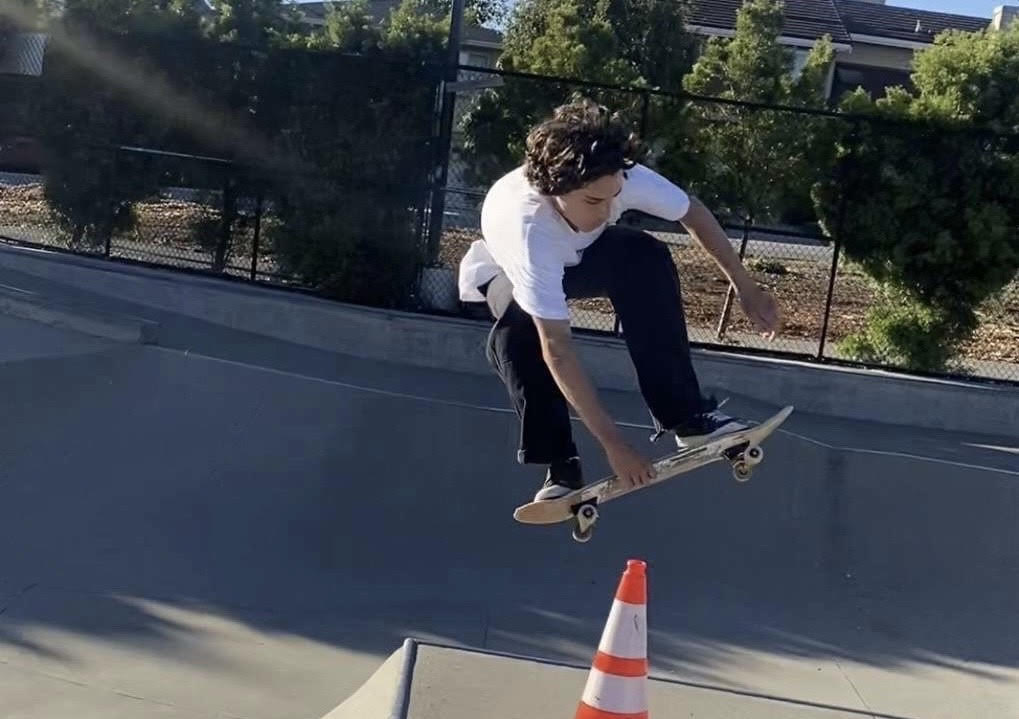

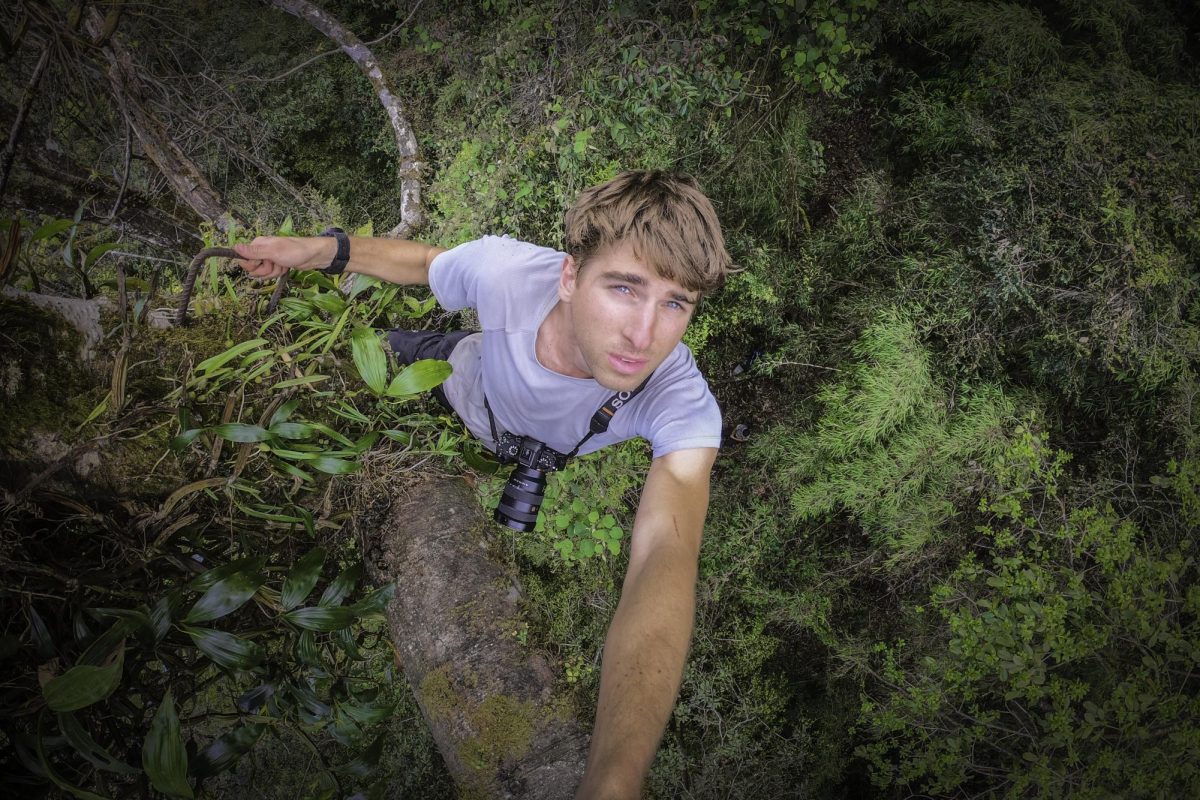

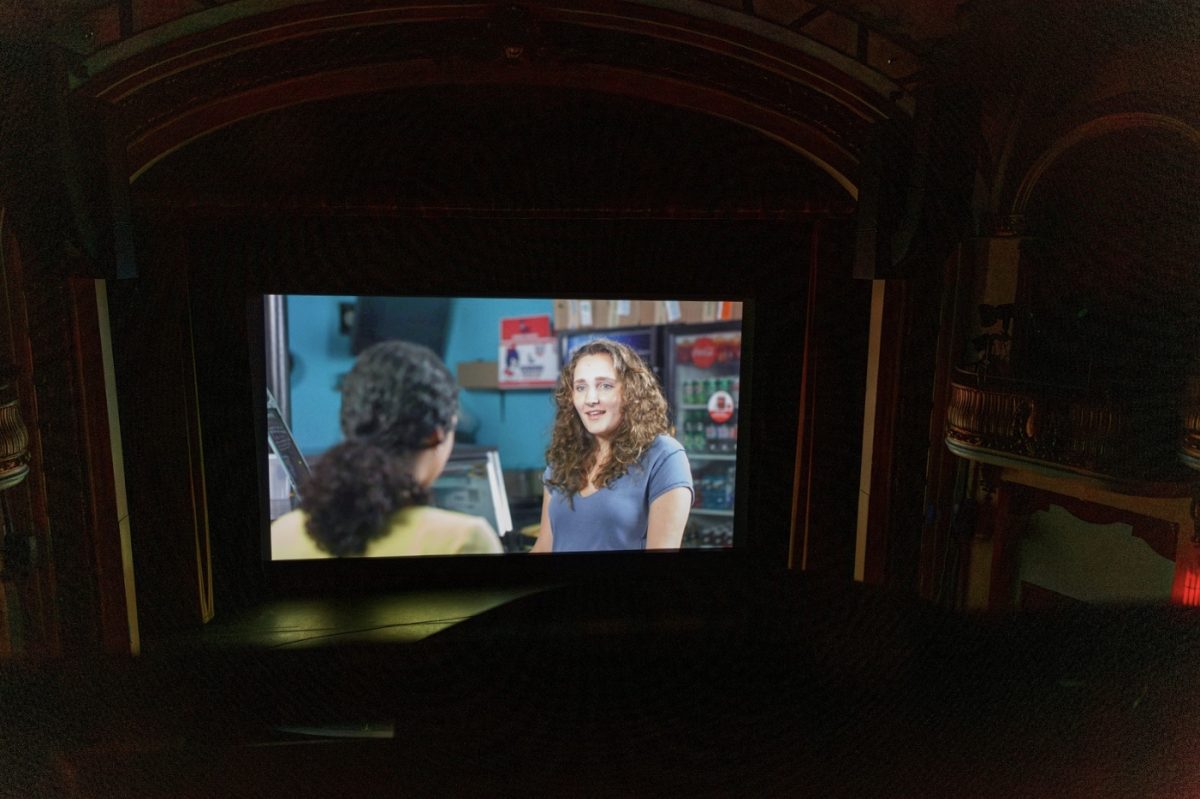

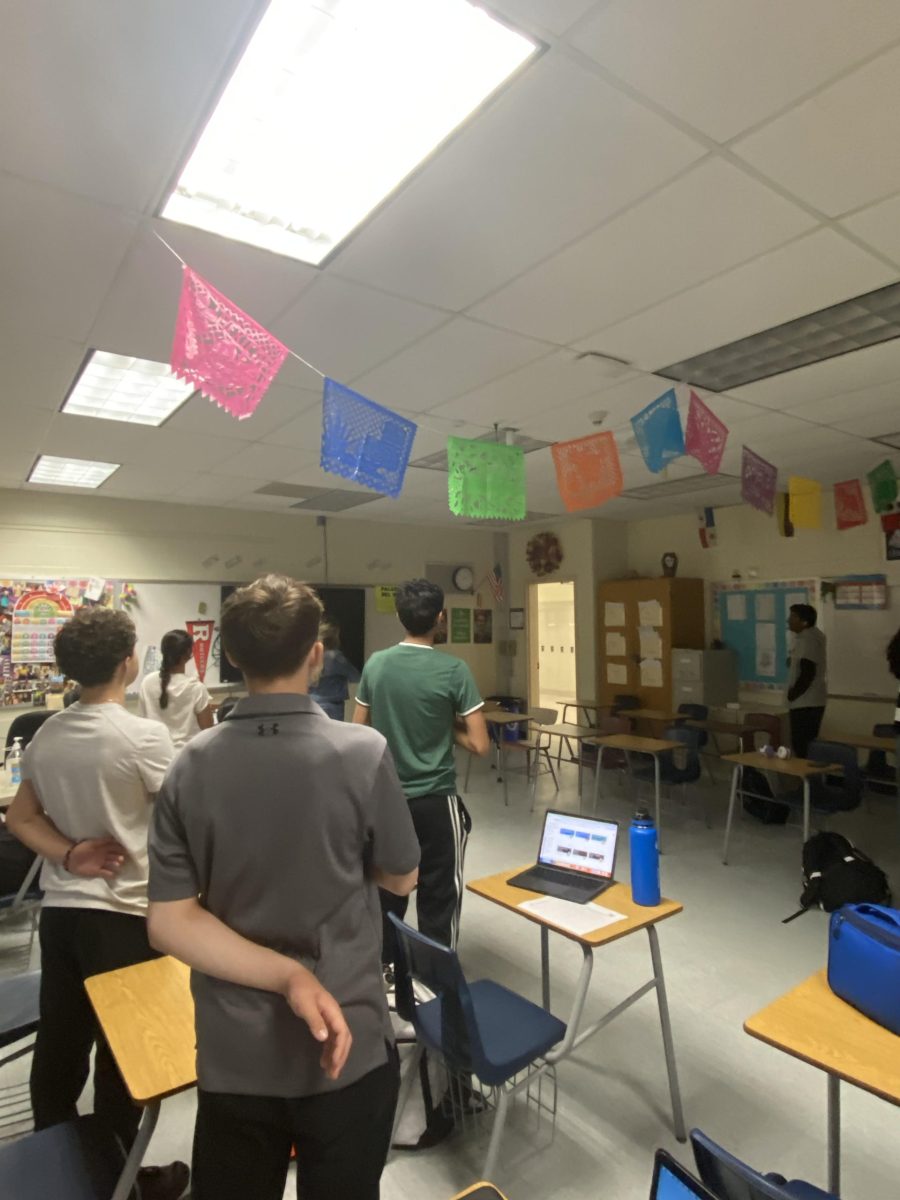
![The Jaguar student section sits down while the girls basketball team plays in the Great Eight game at the Denver Coliseum against Valor Christian High School Feb. 29. Many students who participated in the boys basketball student section prior to the girls basketball game left before half-time. I think it [the student section] plays a huge role because we actually had a decent crowd at a ranch game. I think that was the only time we had like a student section. And the energy was just awesome, varsity pointing and shooting guard Brooke Harding ‘25 said. I dont expect much from them [the Golden Boys] at all. But the fact that they left at the Elite Eight game when they were already there is honestly mind blowing to me.](https://bestofsno.com/wp-content/uploads/2024/05/IMG_7517-e1716250578550-900x1200.jpeg)

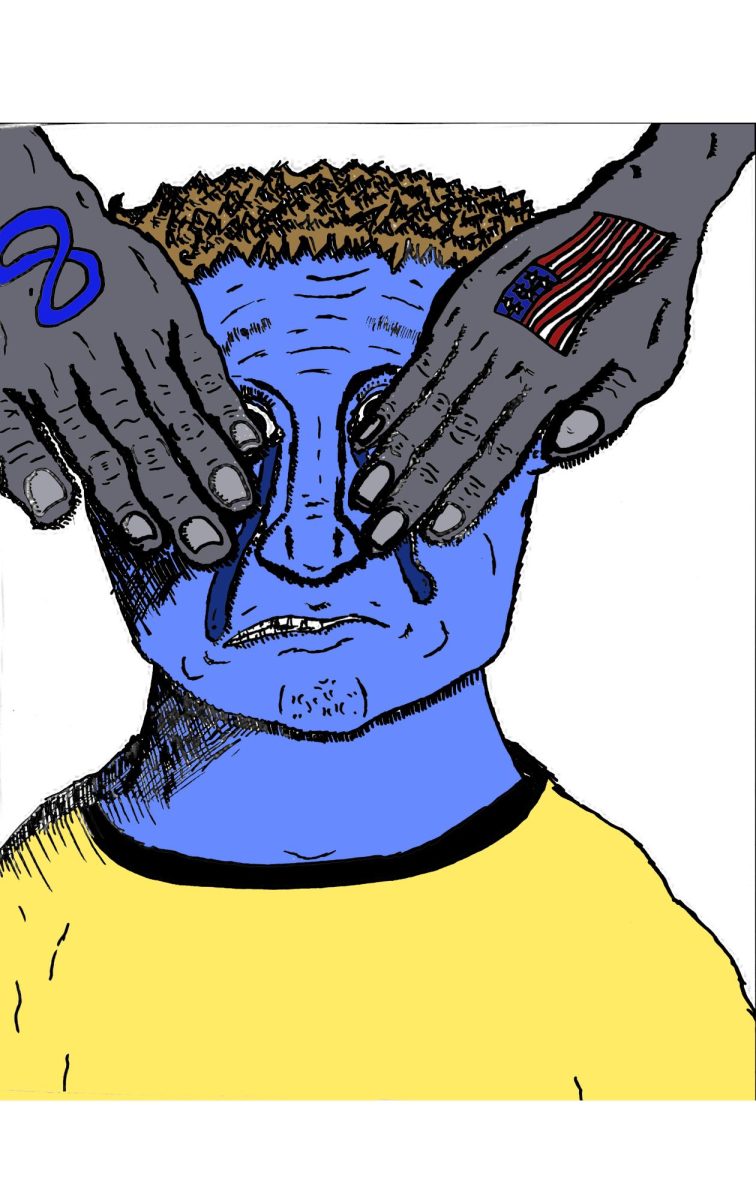

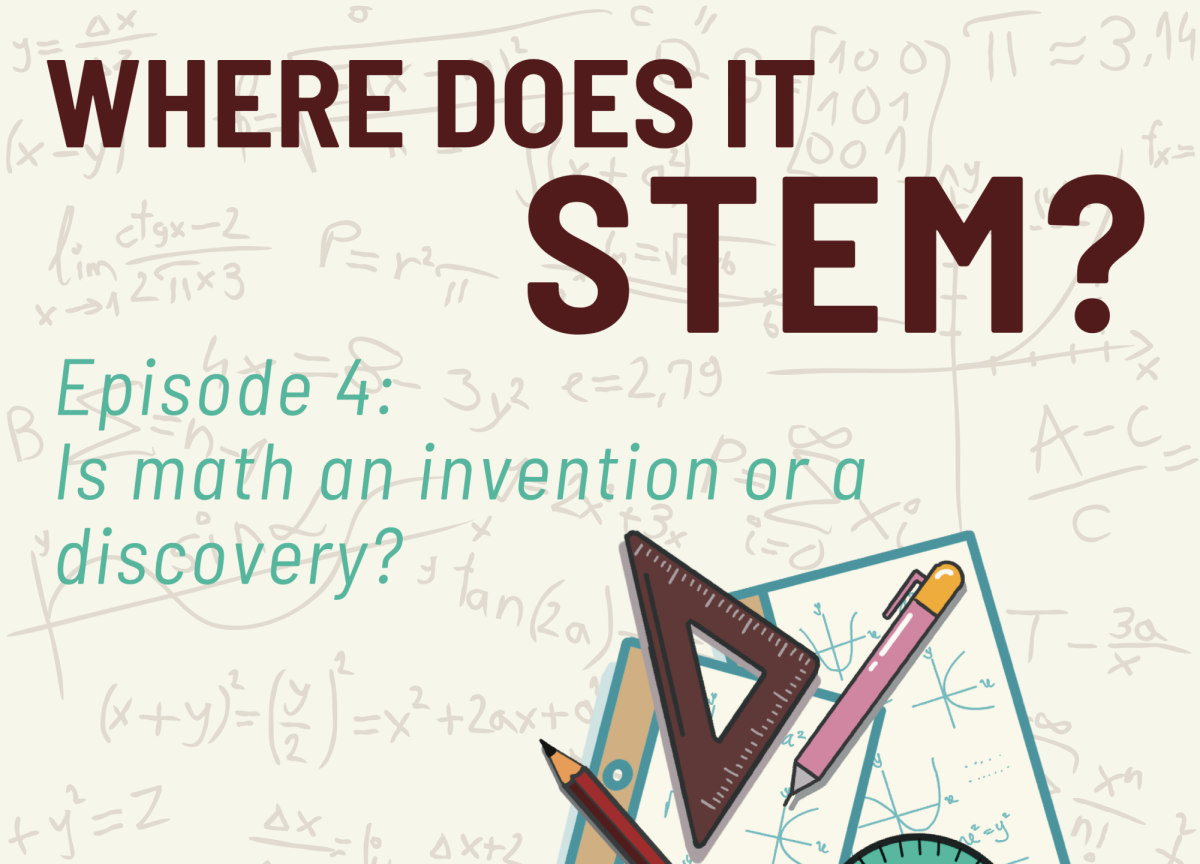

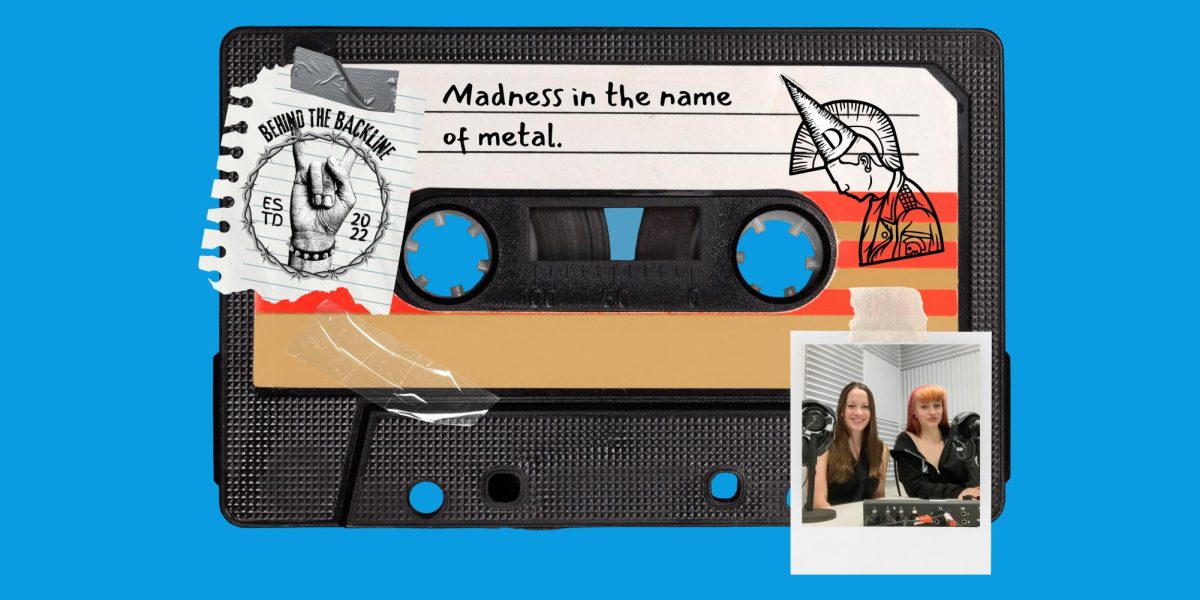
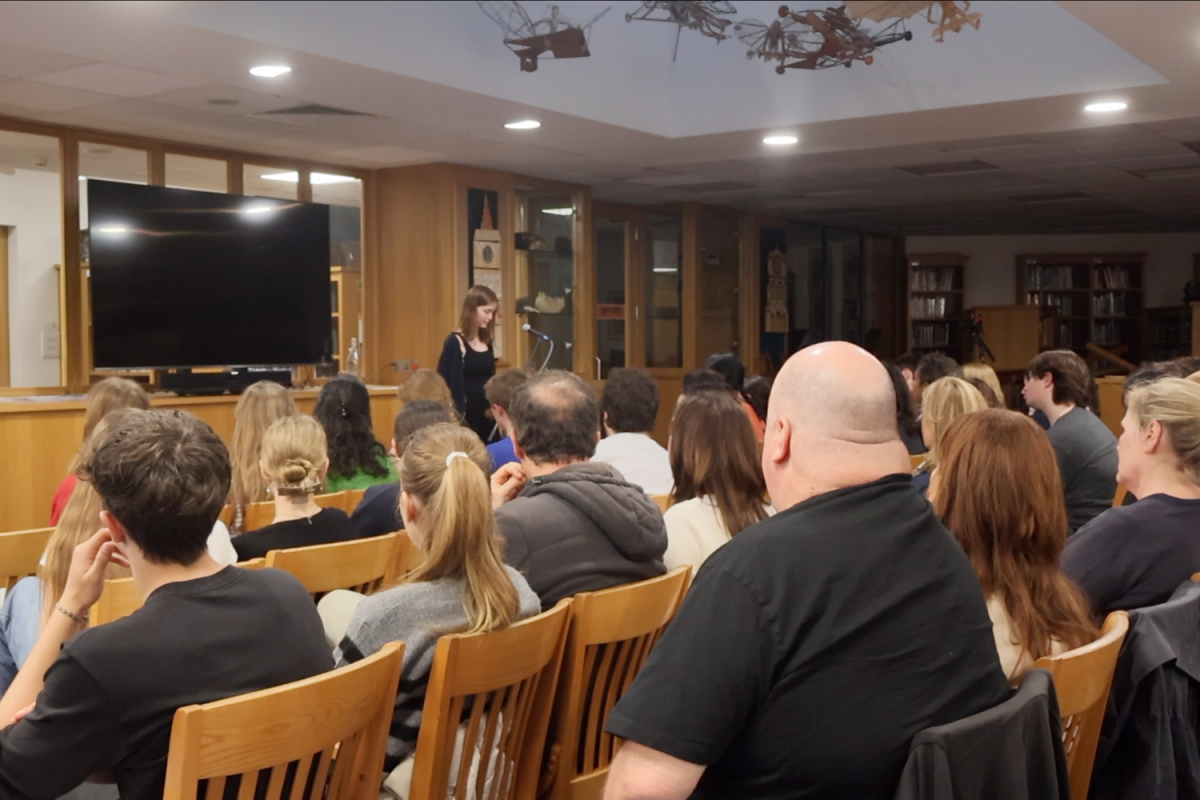


![BACKGROUND IN THE BUSINESS: Dressed by junior designer Kaitlyn Gerrie, senior Chamila Muñoz took to the “Dreamland” runway this past weekend. While it was her first time participating in the McCallum fashion show, Muñoz isn’t new to the modeling world.
I modeled here and there when I was a lot younger, maybe five or six [years old] for some jewelry brands and small businesses, but not much in recent years,” Muñoz said.
Muñoz had hoped to participate in last year’s show but couldn’t due to scheduling conflicts. For her senior year, though, she couldn’t let the opportunity pass her by.
“It’s [modeling] something I haven’t done in a while so I was excited to step out of my comfort zone in a way,” Muñoz said. “I always love trying new things and being able to show off designs of my schoolmates is such an honor.”
The preparation process for the show was hectic, leaving the final reveal of Gerrie’s design until days before the show, but the moment Muñoz tried on the outfit, all the stress for both designer and model melted away.
“I didn’t get to try on my outfit until the day before, but the look on Kaitlyn’s face when she saw what she had worked so hard to make actually on a model was just so special,” Muñoz said. “I know it meant so much to her. But then she handed me a blindfold and told me I’d be walking with it on, so that was pretty wild.”
Caption by Francie Wilhelm.](https://bestofsno.com/wp-content/uploads/2024/05/53535098892_130167352f_o-1200x800.jpg)

